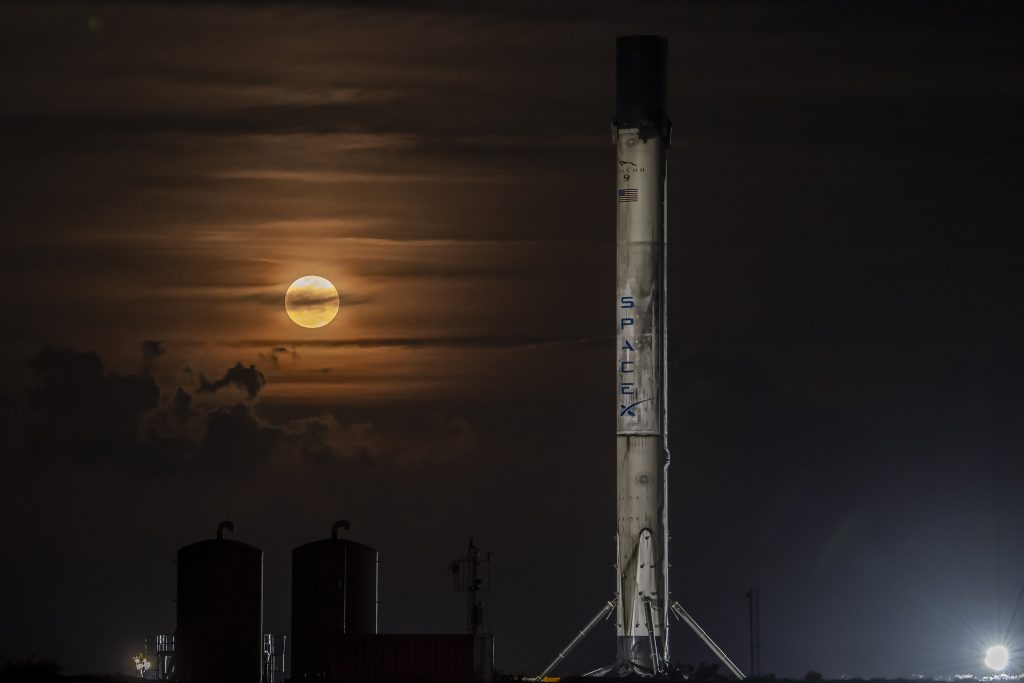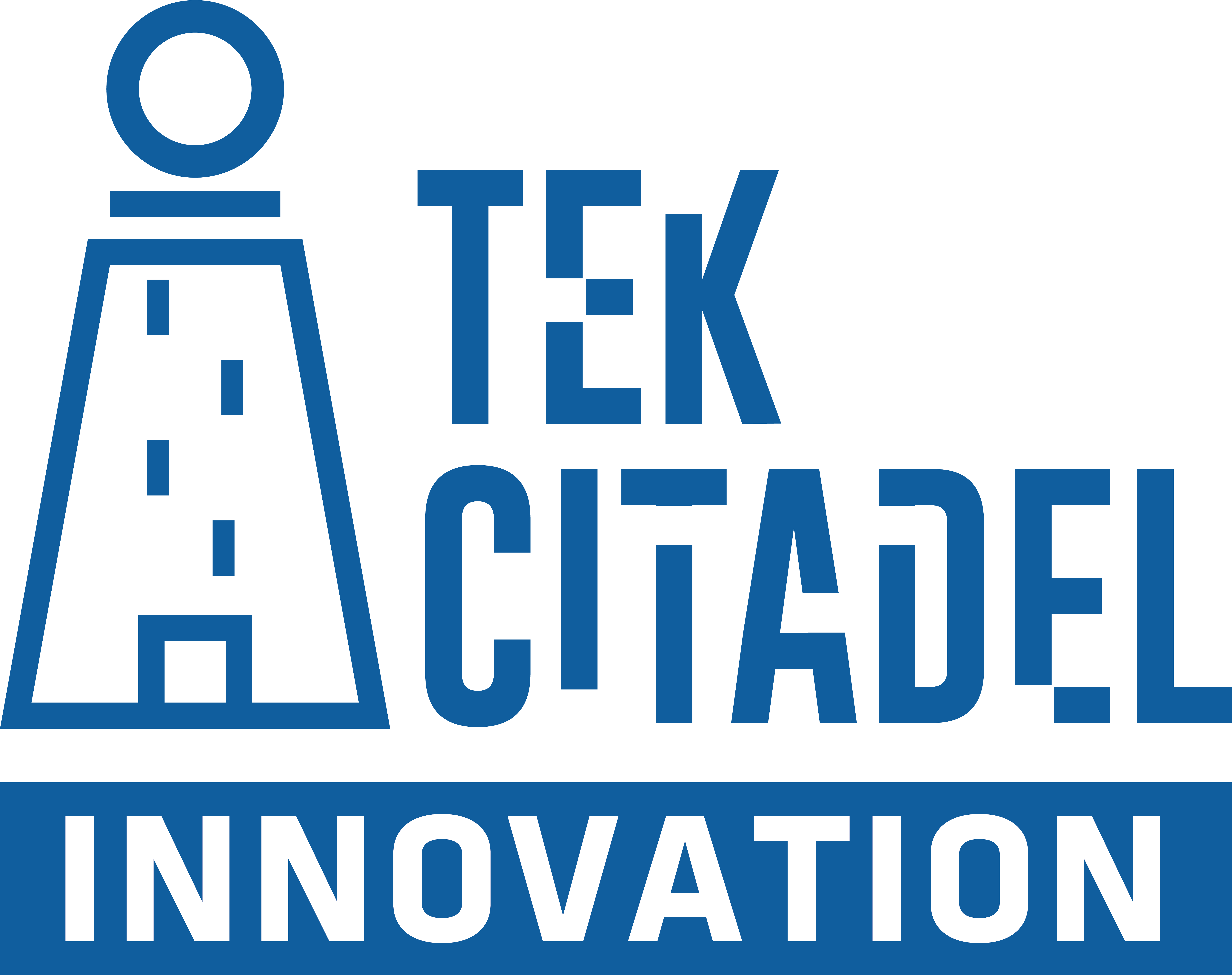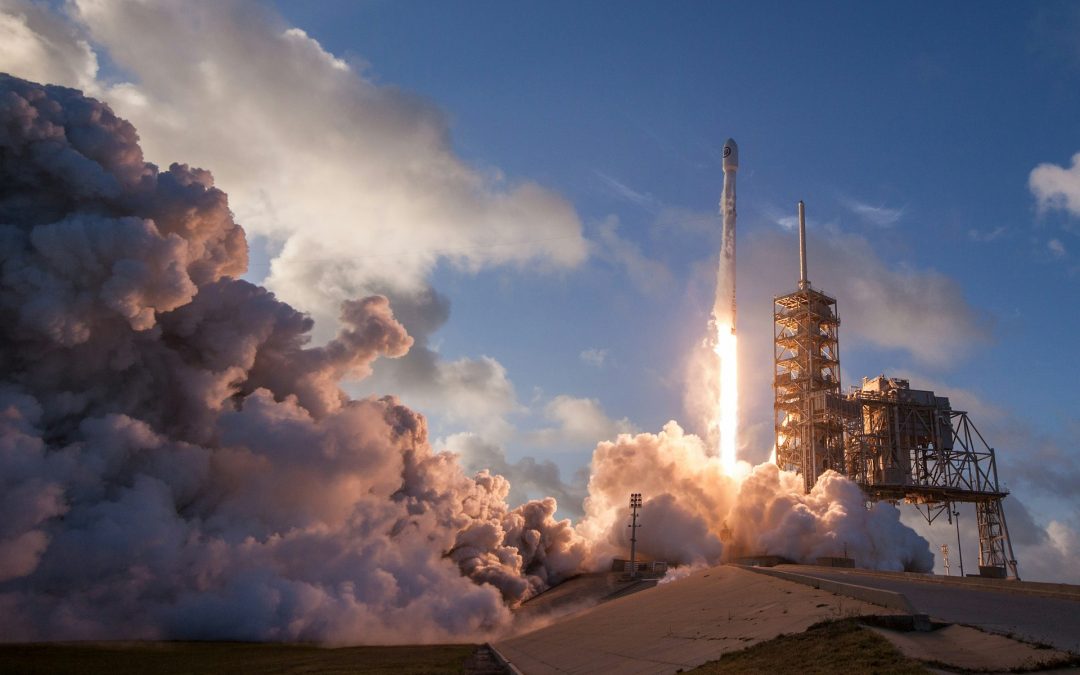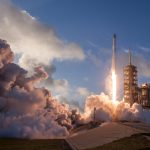In a remarkable display of precision and innovation, SpaceX’s Falcon 9 rocket completed three successful missions in just under 13 hours, solidifying the company’s position as a leader in space technology. This unprecedented achievement saw Falcon 9 launching four astronauts to the International Space Station (ISS), deploying 74 rideshare payloads into orbit, and adding 23 new satellites to the expanding Starlink constellation, all within a single day.
A Leap in Space Travel Efficiency
SpaceX’s Falcon 9 rocket has become synonymous with efficiency, reusability, and rapid innovation, and this latest trio of missions showcases just how far the company has come in achieving its ambitious goals. The first of the three missions took place with the launch of four astronauts aboard the Crew Dragon spacecraft, bound for the ISS. This mission is part of SpaceX’s ongoing collaboration with NASA and other international space agencies, furthering the human exploration of space.
The second mission was a rideshare launch, where 74 small payloads were sent to orbit, contributing to a range of scientific research, communications technology, and Earth observation capabilities. This rideshare program is pivotal in making space access more affordable for a variety of organizations, from universities to private companies.
Finally, the Falcon 9 rocket capped off the day by successfully deploying 23 additional Starlink satellites. SpaceX’s Starlink program, designed to provide high-speed internet access globally, continues to expand rapidly, with thousands of satellites planned for future launches. This constellation aims to bridge the digital divide by connecting underserved areas, bringing internet access to remote and rural regions across the globe.

Photo Attributed to Space X
Why This is a Game-Changer
Completing these three missions in such a compressed timeframe isn’t just a technical achievement—it’s a monumental leap in the world of space operations. SpaceX’s reusable rocket technology is the key to making this level of efficiency possible. Unlike traditional space missions, where rockets are often discarded after a single use, Falcon 9 rockets are designed to land back on Earth after each launch, allowing them to be refurbished and reused multiple times. This drastically reduces the cost of space travel and paves the way for more frequent missions.
In fact, the rapid turnaround between launches speaks to the growing reliability of Falcon 9. The launch system has become so efficient that it’s capable of executing multiple missions in a single day, something that was once considered nearly impossible in the world of space exploration.
Looking Ahead
SpaceX’s ability to complete these three missions in under 13 hours is a glimpse into the future of space travel. As the company continues to expand its capabilities, SpaceX aims to make space more accessible, not just for governments and large corporations, but for anyone with a mission to explore the stars.
With Falcon 9 setting new records and pushing the limits of what’s possible, SpaceX is on track to fulfill its broader vision of making life multiplanetary, building sustainable space infrastructure, and revolutionizing global communication through its Starlink network. The company’s success also opens the door for other private companies to enter the space race, fostering innovation and competition in the space industry.
Conclusion
SpaceX’s Falcon 9 rocket has once again proven its prowess by completing three distinct missions in just a 13-hour window. From ferrying astronauts to the ISS to expanding the Starlink constellation, these missions are a testament to the company’s relentless drive to push the boundaries of space exploration. As SpaceX continues to demonstrate the potential for reusability and efficiency, the future of space travel looks brighter than ever.






